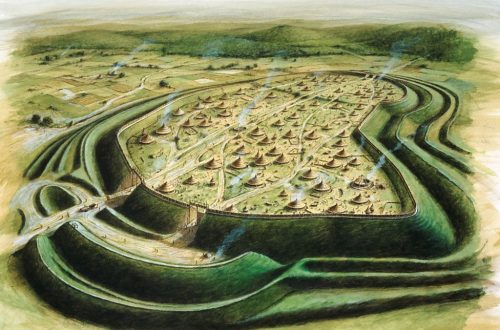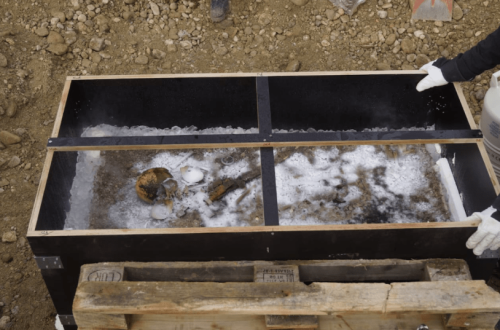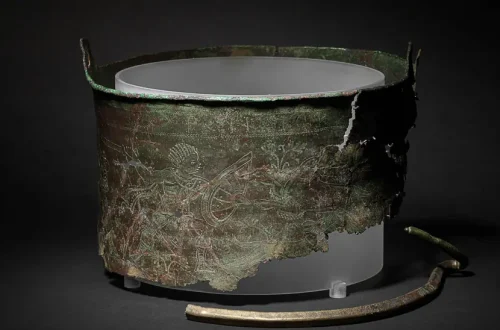Marine archaeologists have made a significant discovery off South Australia’s coast, uncovering the Koning Willem de Tweede wreck in Guichen Bay near Robe. Announced on 7 May 2025, the find marks the end of a 168-year mystery since the ship was lost on 30 June 1857. The vessel, preserved beneath the seabed, provides a window into 19th-century maritime trade and migration, particularly during Australia’s gold rush era.
The Koning Willem de Tweede, an 800-tonne Dutch merchant sailing ship, was a three-masted barque designed for long-distance trade. On its final voyage, it carried 374 Chinese passengers from Hong Kong to Melbourne, destined for Victoria’s goldfields. These passengers were part of a wave of migration spurred by the 1850s gold rush, which attracted thousands to Australia seeking fortune. Chinese migrants often faced discrimination and restrictive land route policies, making sea travel a vital, though risky, option. The ship ran aground in stormy conditions, resulting in the loss of 16 lives, though specific details on crew versus passenger deaths remain unclear. Historical records confirm the passengers were en route to the goldfields, reflecting the era’s global movement of labour and goods.
The discovery followed decades of searching, a process complicated by Guichen Bay’s challenging underwater conditions, described by the archaeological team as “blizzard-like.” Using advanced sonar and marine magnetometry, researchers located the wreck beneath layers of sediment in shallow waters, approximately 400 metres (1,300 feet) offshore. The seabed’s anaerobic environment preserved the wooden structure remarkably well, protecting it from decay. Initial dives revealed a range of artefacts that offer insights into life aboard the vessel. Pottery, glassware, and personal items such as combs and buttons reflect the daily routines of the crew and passengers. A large windlass, used to hoist anchors, was also recovered, encrusted with marine life, providing clues about the ship’s operational mechanics.
The wreck sheds light on the broader maritime culture of the time. Archaeologists noted evidence suggesting the crew may have engaged in small-scale trading or smuggling, a common practice among 19th-century sailors to supplement their income. While specific items linked to this activity have not been detailed, non-standard cargo supports this hypothesis, aligning with historical accounts of sailors’ resourcefulness during long voyages with low wages. The Koning Willem de Tweede’s role in transporting Chinese migrants also highlights the ship’s place in global migration history, connecting continents in an era before modern transportation. These passengers, driven by economic opportunity, faced significant risks, from treacherous weather to social challenges upon arrival in Australia.
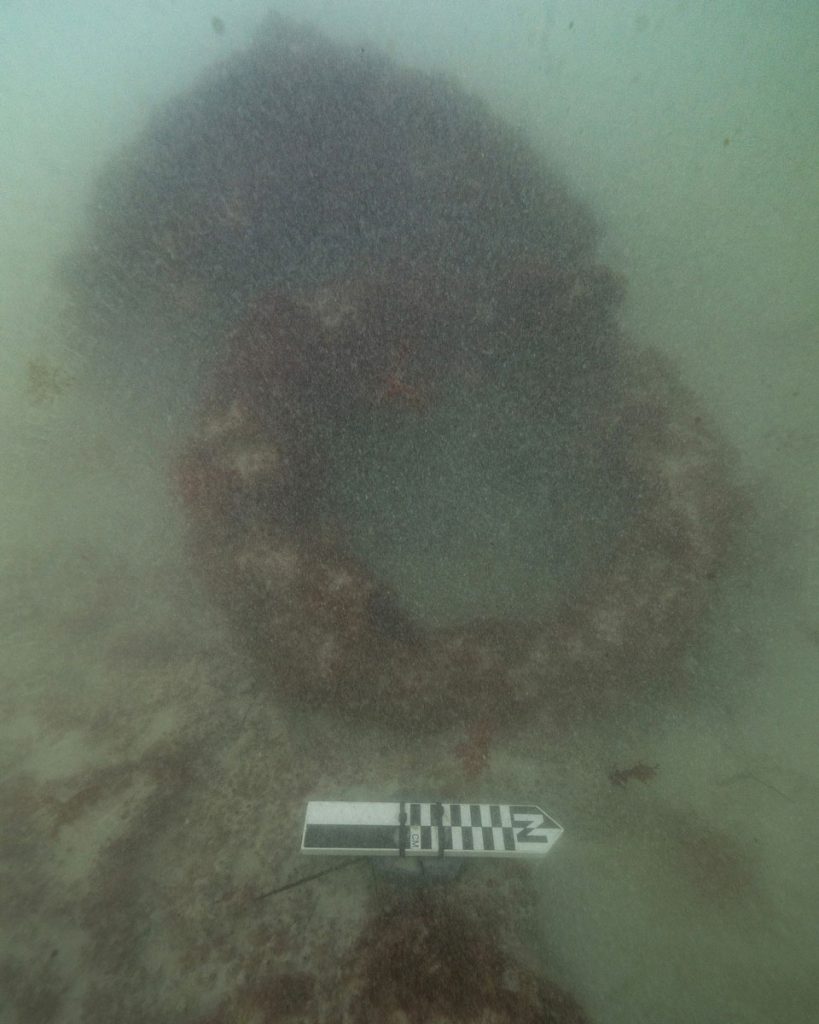
Ongoing efforts focus on analysing the wreck to uncover more about its final moments. Divers are cataloguing artefacts, hoping to find personal belongings that might identify specific passengers or crew members. The South Australian Maritime Museum has expressed interest in displaying recovered items, potentially preserving the ship’s legacy for public education. Researchers are also studying the hull to understand 19th-century shipbuilding techniques, which could inform future maritime studies.
The Koning Willem de Tweede wreck stands as a poignant reminder of the challenges and aspirations of 19th-century seafarers and migrants. Its preservation beneath the ocean floor has safeguarded a piece of history, allowing modern researchers to connect with the past. As investigations continue, the ship promises to reveal further details about the gold rush era, the experiences of Chinese migrants, and the maritime practices that shaped global trade routes. This find enriches our understanding of South Australia’s coastal history and celebrates the resilience of those who navigated the world’s oceans in pursuit of a better life.



